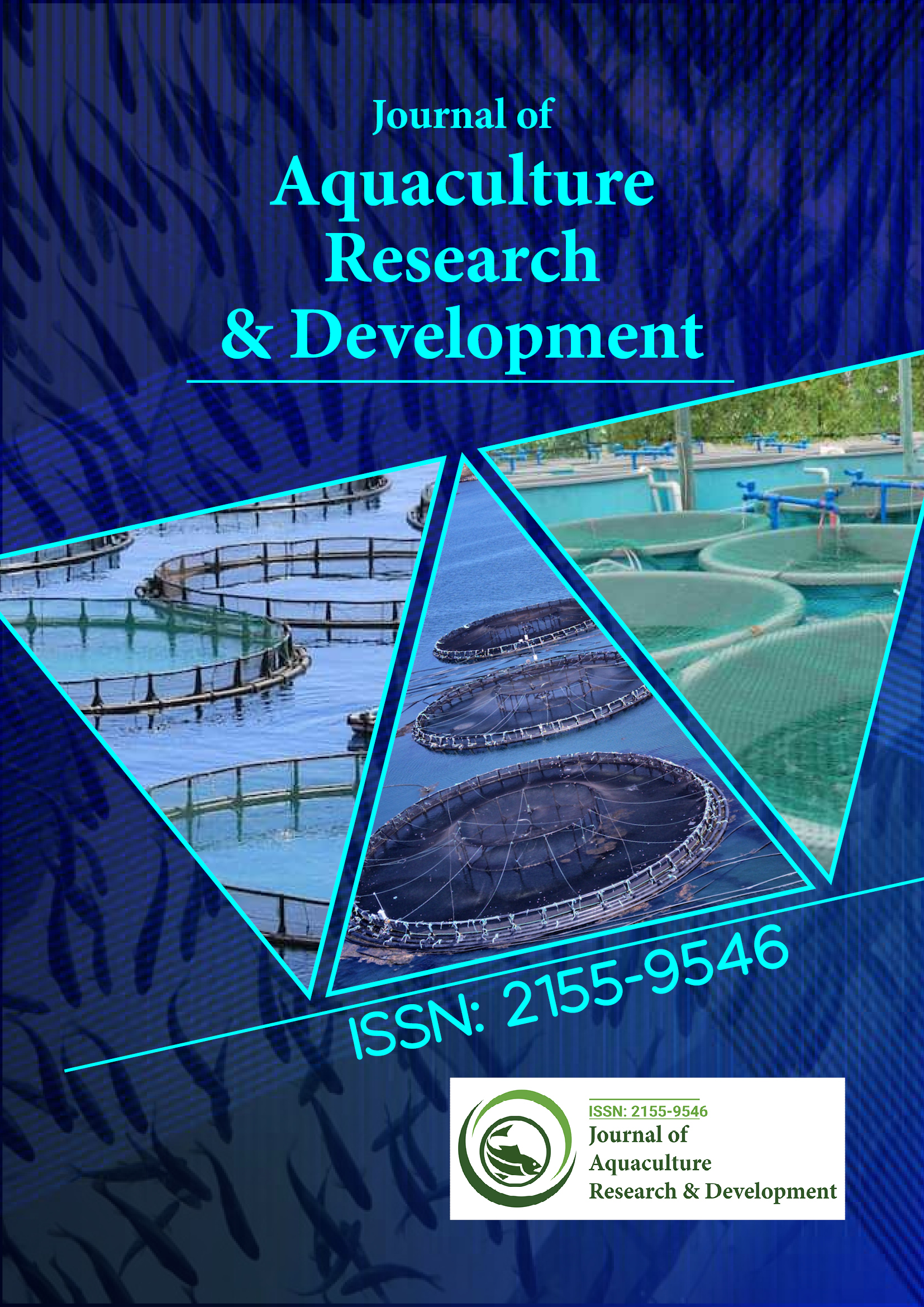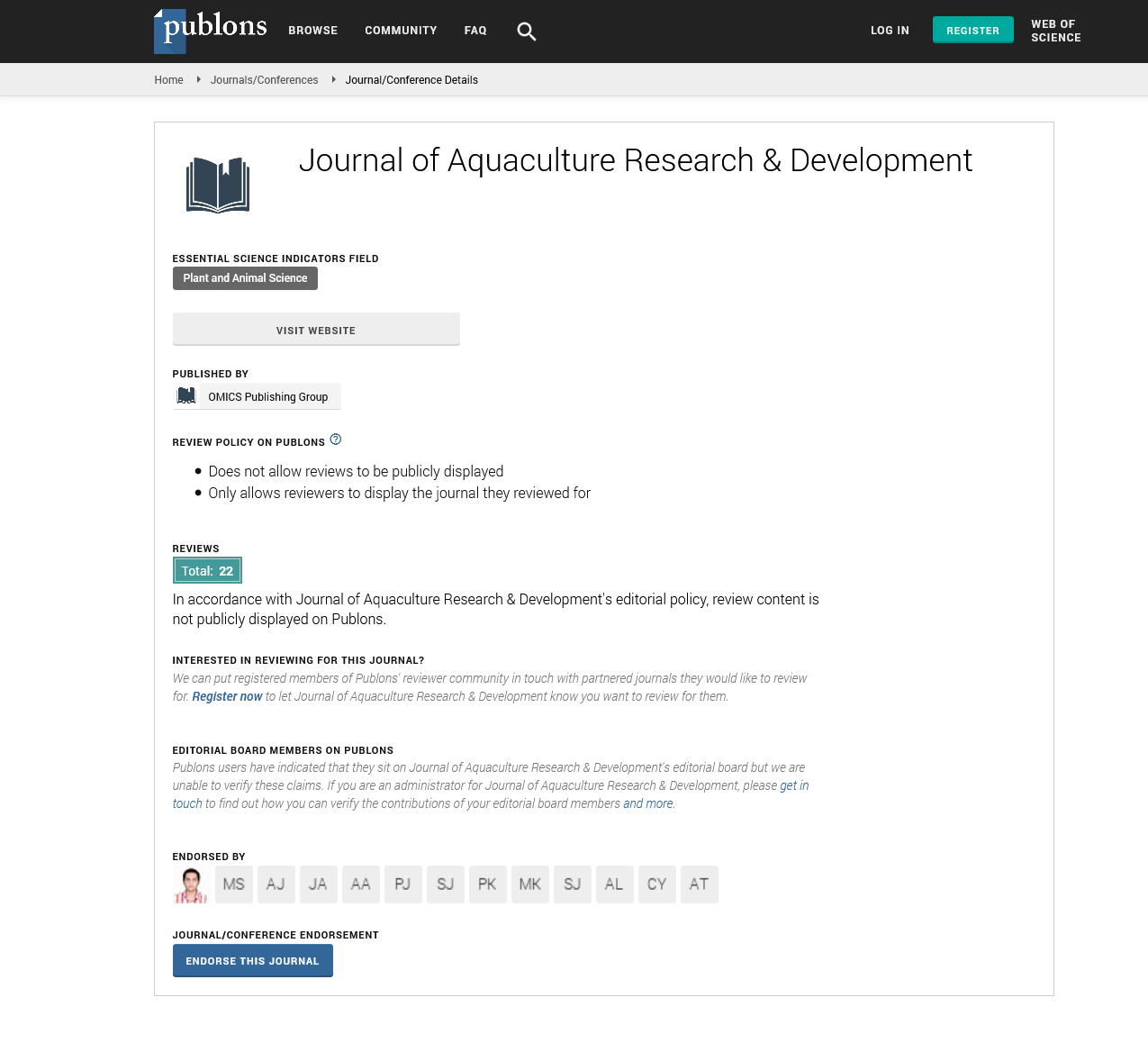Indexed In
- Online Access to Research in the Environment (OARE)
- Open J Gate
- Genamics JournalSeek
- JournalTOCs
- Scimago
- Ulrich's Periodicals Directory
- Access to Global Online Research in Agriculture (AGORA)
- Electronic Journals Library
- Centre for Agriculture and Biosciences International (CABI)
- RefSeek
- Directory of Research Journal Indexing (DRJI)
- Hamdard University
- EBSCO A-Z
- OCLC- WorldCat
- Scholarsteer
- SWB online catalog
- Virtual Library of Biology (vifabio)
- Publons
- MIAR
- University Grants Commission
- Euro Pub
- Google Scholar
Useful Links
Share This Page
Journal Flyer

Open Access Journals
- Agri and Aquaculture
- Biochemistry
- Bioinformatics & Systems Biology
- Business & Management
- Chemistry
- Clinical Sciences
- Engineering
- Food & Nutrition
- General Science
- Genetics & Molecular Biology
- Immunology & Microbiology
- Medical Sciences
- Neuroscience & Psychology
- Nursing & Health Care
- Pharmaceutical Sciences
Commentary - (2025) Volume 16, Issue 6
Implementation of Eco-Certification Standards to Improve Aquaculture Production Practices
Rodney Barker*Received: 26-May-2025, Manuscript No. JARD-25-29772; Editor assigned: 28-May-2025, Pre QC No. JARD-25-29772 (PQ); Reviewed: 11-Jun-2025, QC No. JARD-25-29772; Revised: 18-Jun-2025, Manuscript No. JARD-25-29772 (R); Published: 25-Jun-2025, DOI: 10.35248/2155-9546.25.16.999
Description
Peru is among the leading countries in aquaculture in Latin America, with a strong focus on shrimp, tilapia and trout farming. The growth of this sector is driven by both domestic demand and international exports. Global consumers and regulatory bodies are increasingly emphasizing sustainable and environmentally responsible production practices.
Consequently, environmental certifications have become a significant tool to ensure compliance with ecological standards, maintain market access and strengthen public confidence in aquaculture products.
Environmental certifications in aquaculture
Environmental certifications in aquaculture aim to ensure that farming practices minimize ecosystem disruption, promote responsible use of natural resources and maintain water quality. These certifications also address issues such as biodiversity conservation, waste management and the ethical treatment of farmed species. In Peru, certification schemes are shaping the development of aquaculture by guiding producers toward sustainable operations.
Peruvian aquaculture
Aquaculture in Peru has expanded rapidly over the past two decades. The primary species cultivated include Pacific white shrimp (Litopenaeus vannamei), rainbow trout (Oncorhynchus mykiss) and tilapia (Oreochromis spp.). Shrimp farming, mainly in brackish water environments, dominates the coastal regions while trout is concentrated in high-altitude Andean areas and tilapia is farmed in the Amazon basin and inland freshwater systems. The sector contributes significantly to employment, foreign exchange and local economic development. However, rapid expansion has raised environmental concerns, including mangrove destruction, water pollution, habitat alteration and disease outbreaks. These challenges have prompted authorities and producers to adopt environmental certifications as mechanisms to mitigate negative impacts and enhance sustainability.
Assessment and gap analysis
Producers must assess current farming practices against certification standards. This process identifies gaps in areas such as water quality management, feed efficiency, waste disposal and habitat protection. Gap analysis allows farms to develop action plans to meet certification requirements.
Training and capacity building
Certification often requires training staff on best practices in sustainable aquaculture. Producers and workers learn about proper feed handling, disease prevention, water treatment and environmental monitoring. Capacity building ensures that standards are understood and consistently applied across operations.
Monitoring and documentation
Certified farms are required to maintain detailed records of water quality, feed usage, chemical application and environmental impact. Regular monitoring and documentation provide transparency and allow auditors to verify compliance with environmental criteria.
Third-party audits
Independent auditors conduct inspections to evaluate farm practices and ensure adherence to certification standards. Audits assess environmental impact, waste management, animal health and compliance with legal regulations. Successful audits result in certification, while non-compliance may require corrective actions.
Market access and economic advantage
Certified farms gain access to international markets with strict sustainability requirements. Exporters can differentiate their products based on certified environmental responsibility, often commanding premium prices. Certification also facilitates entry into niche markets that prioritize ethical and eco-friendly production.
Environmental protection
Certification encourages farms to adopt practices that reduce environmental degradation. Measures include efficient feed management, proper effluent treatment, habitat conservation and disease control. This reduces negative impacts on water bodies, coastal ecosystems and surrounding communities.
Reputation and consumer confidence
Environmental certifications are playing an increasingly significant role in Peruvian aquaculture. They provide a framework for sustainable production, enhance market access, protect ecosystems and promote social responsibility. While challenges such as cost, technical complexity and infrastructure exist, the benefits in terms of environmental stewardship, economic gains and consumer confidence are substantial.
By integrating certifications into standard aquaculture practices, Peru can strengthen its position as a global leader in sustainable aquaculture. The continued collaboration among producers, policymakers, industry associations and international organizations will be essential to maintain compliance, improve sustainability and ensure that aquaculture continues to contribute to food security, economic growth and environmental conservation.
Citation: Barker R (2025). Implementation of Eco-Certification Standards to Improve Aquaculture Production Practices. J Aquac Res Dev. 16:999.
Copyright: © 2025 Barker R. This is an open-access article distributed under the terms of the Creative Commons Attribution License, which permits unrestricted use, distribution, and reproduction in any medium, provided the original author and source are credited.

